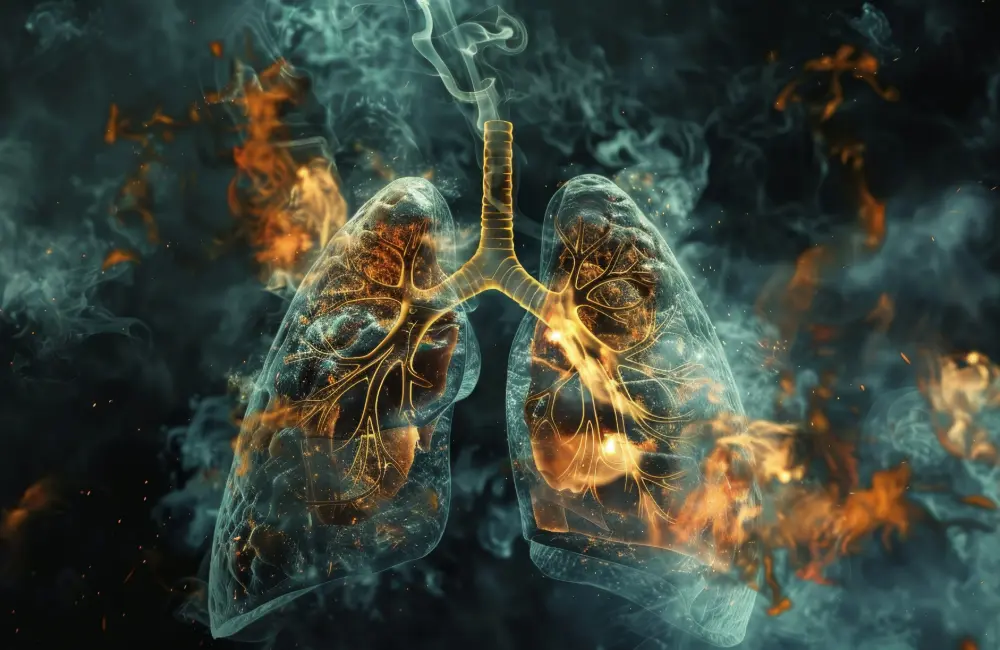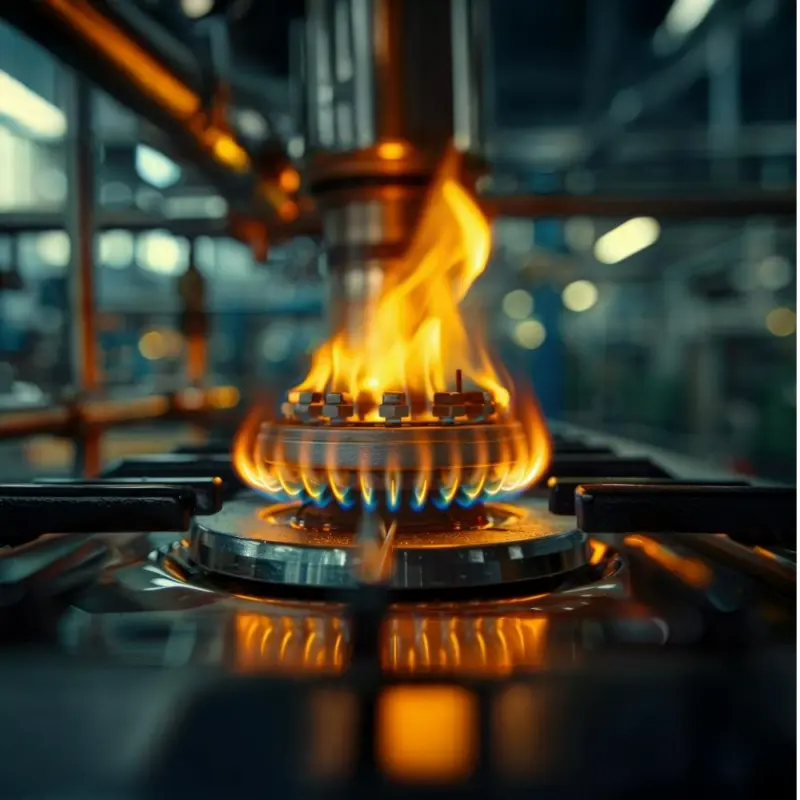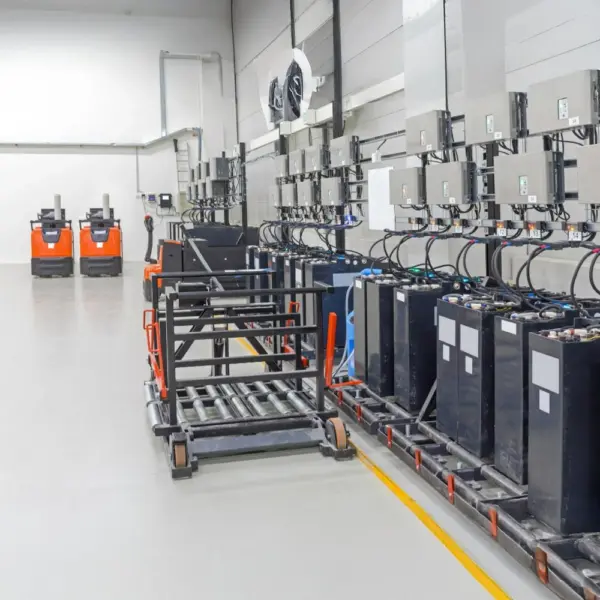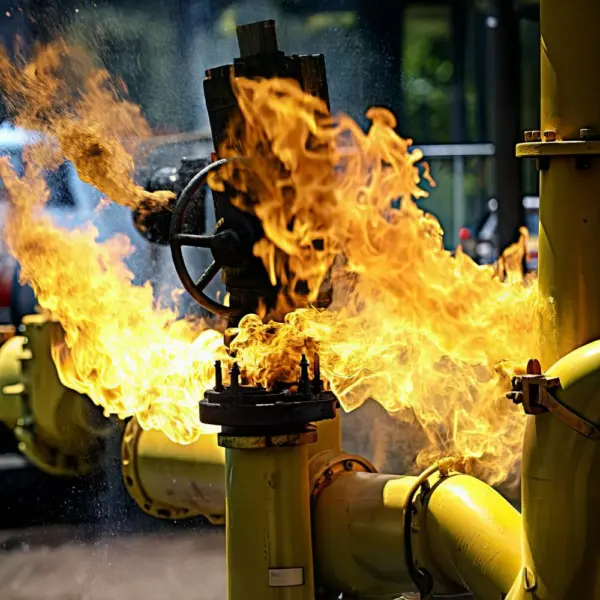Did You Know?

Carbon Monoxide
Invisible Danger: Carbon monoxide is odorless, colorless, and tasteless, making it impossible to detect without proper sensors. Even small concentrations can lead to severe health issues.
Sources: CO is a byproduct of incomplete combustion in gas-powered stoves, heaters, and vehicles. Boiler rooms, kitchens, and enclosed parking garages are particularly prone to CO accumulation.
Health Risks: High CO exposure can lead to dizziness, unconsciousness, and even death, which is why CO detectors are essential in enclosed spaces.
Sensor Life Span: 5 years

Natural Gas
Did You Know? Natural gas is one of the cleanest-burning fossil fuels, emitting up to 60% less CO₂ than coal when used for electricity generation.
Common Uses: Widely used for heating, cooking, and electricity generation, natural gas is essential in many commercial applications, including in boiler rooms and commercial kitchens.
Safety Note: Although non-toxic, methane is highly flammable. Leak detection is critical in confined spaces to prevent explosions.
Sensor Life Span: 10 Years
View The Range

Carbon Dioxide
A Common Gas with Diverse Uses: CO₂ is used in everything from carbonating beverages to supporting plant growth in greenhouses. It is also a byproduct of respiration and combustion.
CO₂ in Confined Spaces: While non-flammable, CO₂ can displace oxygen in enclosed spaces, creating a suffocation hazard, especially in areas with limited ventilation.
Environmental Impact: CO₂ is a major greenhouse gas, contributing to climate change. Monitoring and reducing emissions is critical in many industries.
Sensor Life Span: 10 Years

Hydrogen
The Lightest Element: Hydrogen is the lightest and most abundant element in the universe, commonly used in fuel cells and as a coolant in industrial settings.
Highly Flammable: Hydrogen is extremely flammable and can ignite at low concentrations in the air. Its use requires strict safety controls, especially in laboratories and industrial applications.
Eco-Friendly Potential: As a zero-emission fuel source, hydrogen is increasingly recognized for its potential in clean energy applications.
Sensor Life Span: 10 Years

Propane (LPG)
Versatile Fuel Source: LPG, typically a mix of propane and butane, is widely used for heating, cooking, and in portable fuel applications.
Safety Risks: LPG is highly flammable and, when leaked, can accumulate near the ground as it is heavier than air. Leak detection is essential to prevent explosions.
Energy Efficiency: Known for its efficiency, LPG burns cleanly, producing fewer pollutants compared to some other fossil fuels.
Sensor Life Span: 10 Years

Oxygen
Essential for Life: Oxygen is critical for respiration in humans and animals and supports combustion processes. It is used in healthcare, welding, and industrial applications.
Combustion Accelerator: While non-flammable itself, oxygen accelerates combustion. Enriched oxygen environments pose increased fire risks, especially in areas where fuel or heat sources are present.
Oxygen in Labs: In laboratory settings, oxygen is often stored under high pressure, making leak detection and proper handling crucial for safety.
Sensor Life Span: 2 Years
Get in touch
Have a question? Our team can help.